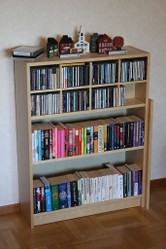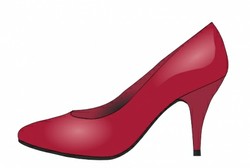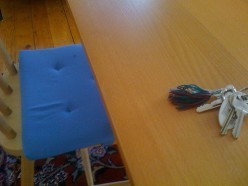I think we have all done it: we've recorded stuff off the television to watch later, and it gets mixed in with all the other stuff we have already recorded and haven't watched yet. Before we are even aware of the problem, we have hundreds of videotapes or DVDs and now we are scrambling for space to store them. Never fear, you can keep all of those videos, but still have space free for everything without those tapes or DVDs taking over your house, thanks to a bit of modern equipment that will leave you wondering why you didn't do this sooner!
If your video collection looks neatly organized like the picture, you're probably okay. But if you are having trouble storing your collection, then it's time to look at other options.












 My Experience with KaiZenon 04/19/2016
My Experience with KaiZenon 04/19/2016
 How to Use Your Car Cigarette Lighter: Fun, Ridiculous and Useful Aftermarket 12-volt Accessorieson 10/03/2015
How to Use Your Car Cigarette Lighter: Fun, Ridiculous and Useful Aftermarket 12-volt Accessorieson 10/03/2015
 Why Use NextDoor?on 07/13/2015
Why Use NextDoor?on 07/13/2015
 Food Network Toaster Reviewon 06/12/2015
Food Network Toaster Reviewon 06/12/2015


Comments
Yes or a TV. They can typically read 768 files per hard drive/USB
When you say file systems you mean those on a DVD player?
The quality depends on your software that you use to transfer it. The same will apply to how many DVDs you can get on a hard drive. Remember file systems can typically read only 768 files, and that includes folders (and images on folders, if you put them there). Even a hundred high-quality movies is still better on a small hard drive than carrying a hundred DVDs!
This is a great idea, especially if you travel and can't carry DVDs with you. Does the quality stay the same though. I believe DVDs have a HD resolution. How many DVDs at HD resolution can you get on a 1TB hard drive?